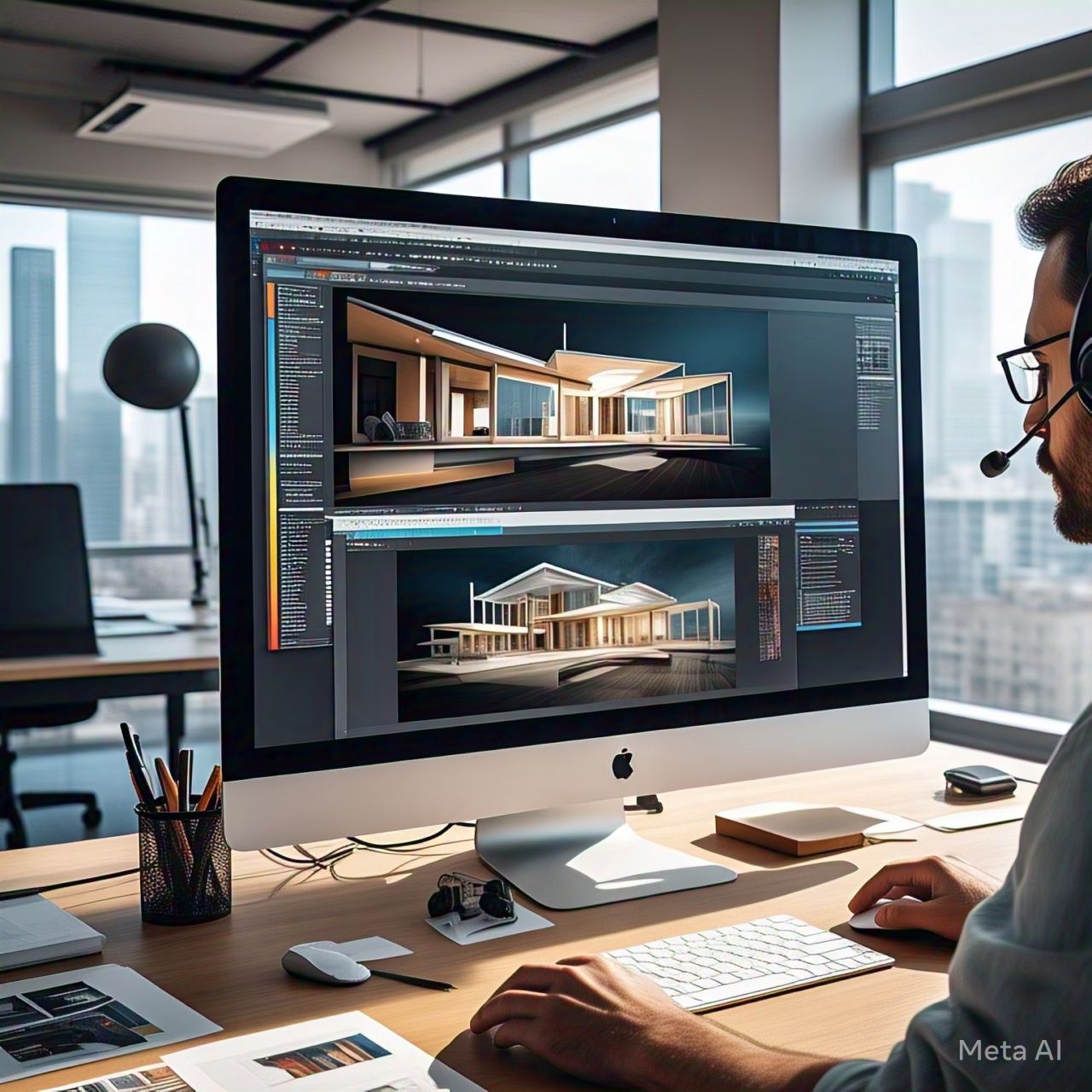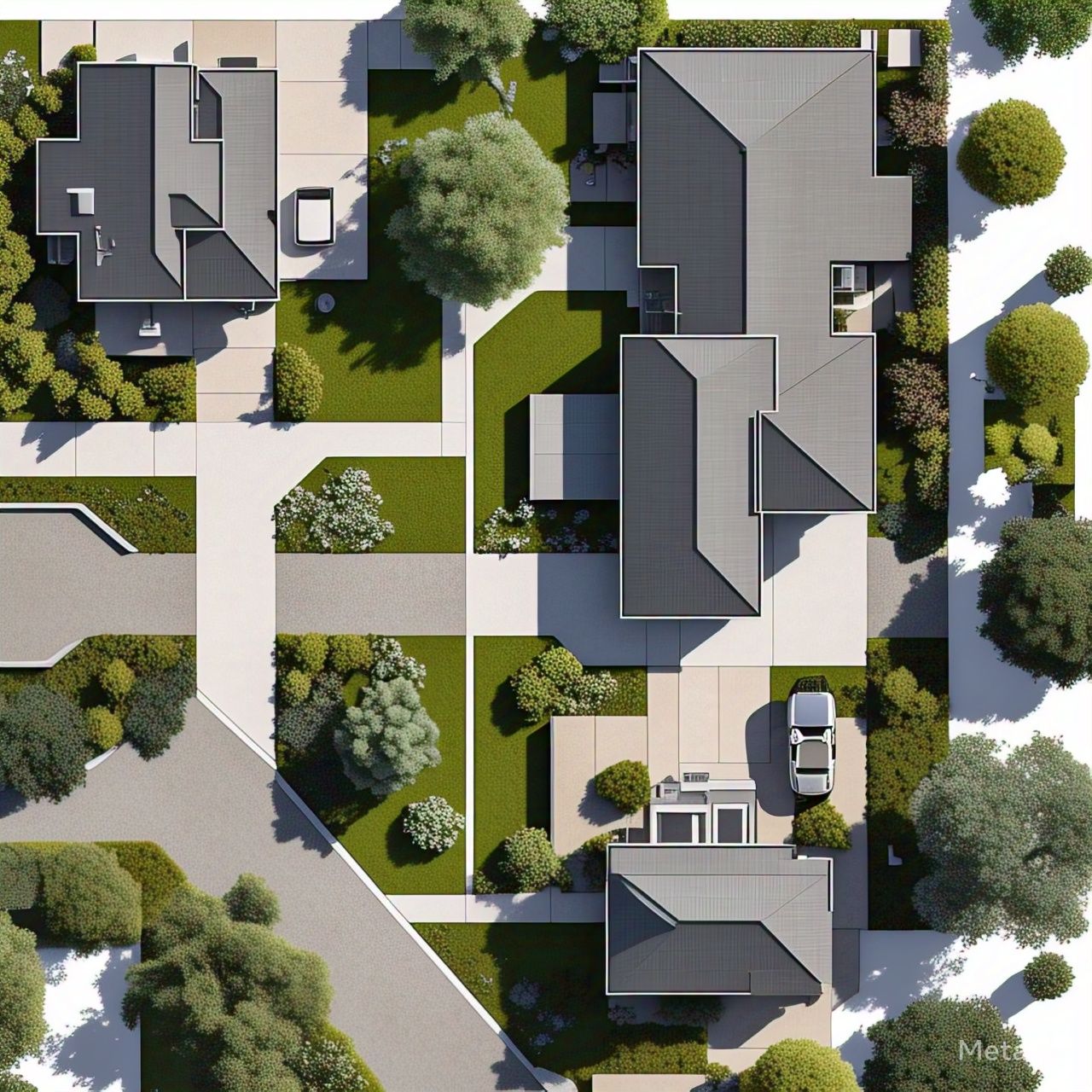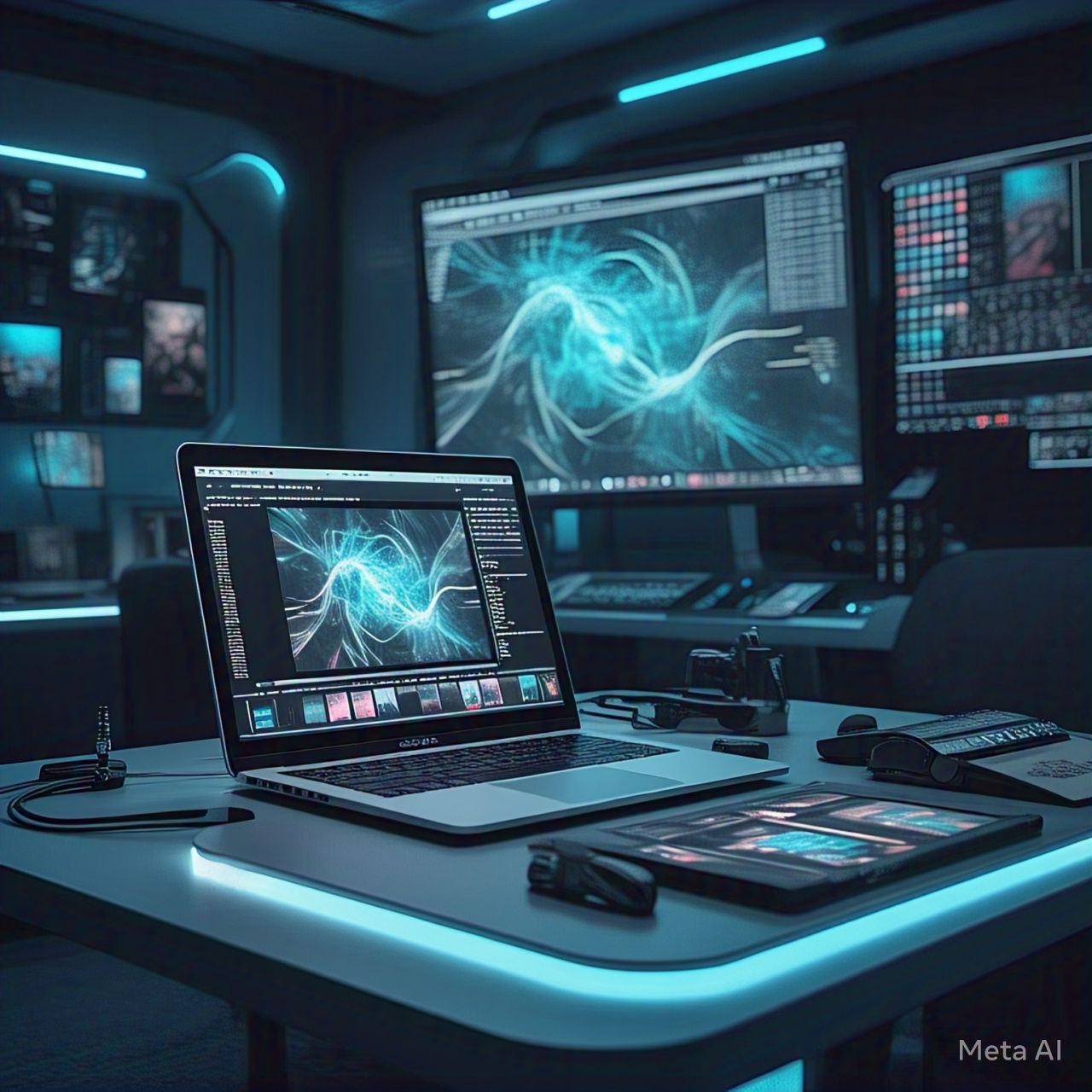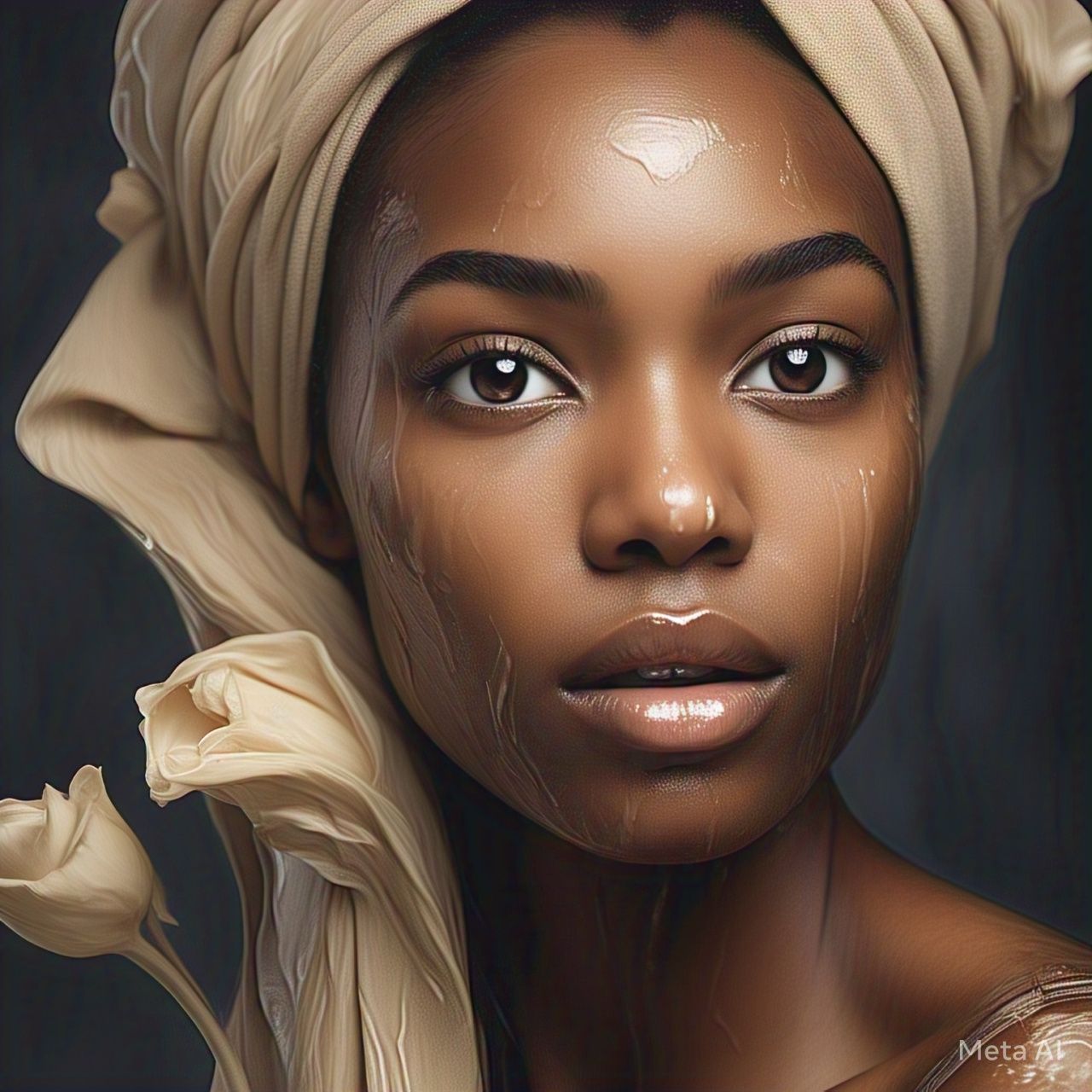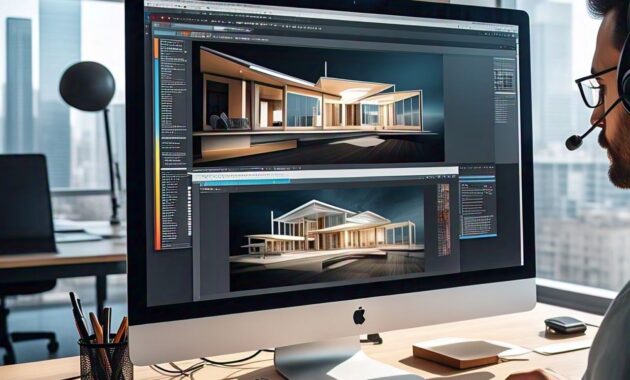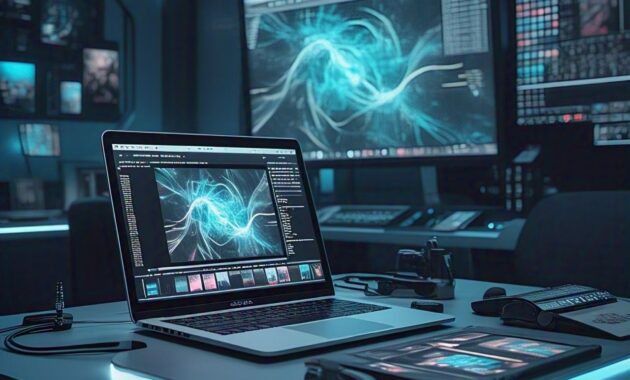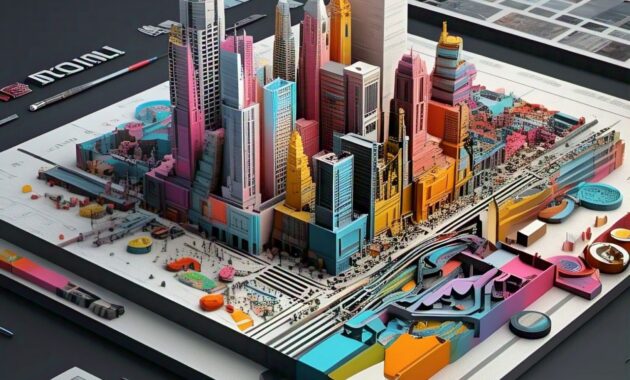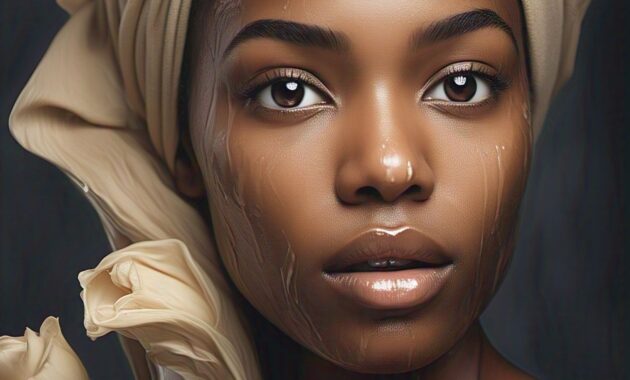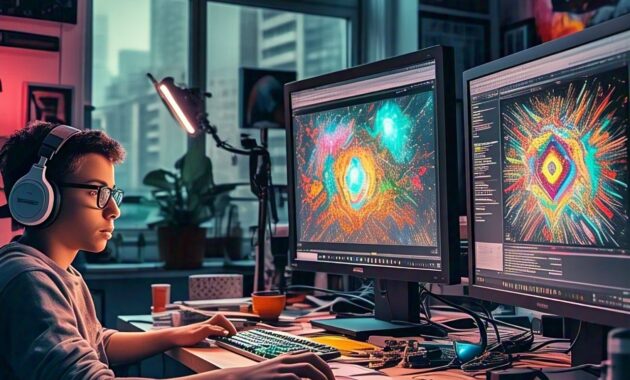Motion graphics are an essential component of modern digital media, used in everything from advertising and social media content to website design and video production. Traditionally, motion graphics have been associated with software like Adobe After Effects, but Adobe Photoshop has evolved to offer powerful tools for creating dynamic animations and motion effects.
By blending static and dynamic elements in Photoshop, designers can create engaging animations, cinemagraphs, and animated social media posts without needing advanced motion design software. In this guide, we will explore the fundamentals of motion graphics in Photoshop, key techniques, tools, and industry trends that shape this creative field.
What Are Motion Graphics?
Motion graphics refer to animated graphic design elements that combine text, shapes, images, and visual effects to create engaging, dynamic content. Unlike traditional animation, which focuses on character movement, motion graphics often emphasize fluid transitions, typography, and abstract visuals.
With Photoshop’s timeline and animation tools, designers can create:
-
Cinemagraphs – Subtle, looping animations within a still image.
-
Animated Text Effects – Moving typography for social media or advertising.
-
GIF Animations – Short, looping animations for web and social media.
-
Parallax Motion Effects – Layered images with a sense of depth and movement.
-
Frame-by-Frame Animations – Hand-drawn or stylized animations.
Why Use Photoshop for Motion Graphics?
While After Effects and Premiere Pro are commonly used for motion design, Photoshop offers several advantages:
1. Simplicity and Accessibility
Photoshop is widely used by graphic designers, making it a convenient entry point into motion graphics without requiring additional software.
2. Seamless Integration with Static Design
Since Photoshop is primarily a photo and graphic editing tool, it allows designers to transition between static and dynamic elements seamlessly.
3. Lightweight and Efficient
For simple animations, cinemagraphs, and web graphics, Photoshop provides a lightweight alternative to more complex motion design software.
4. GIF and Video Export Capabilities
Photoshop supports exporting GIFs, MP4 videos, and frame sequences, making it a versatile tool for motion-based content creation.
Essential Tools for Motion Graphics in Photoshop
To create animations and motion effects in Photoshop, you need to understand key tools and features:
1. Timeline Panel
The Timeline panel is where animations are created. It allows users to control layers, keyframes, and transitions.
-
Frame Animation Mode – Suitable for frame-by-frame animations, GIFs, and stop-motion effects.
-
Video Timeline Mode – Allows smooth transitions and keyframe-based animations.
2. Layer Styles & Smart Objects
-
Smart Objects enable non-destructive transformations, making it easier to animate elements without losing quality.
-
Layer Styles (such as shadows, gradients, and strokes) can be animated to create dynamic effects.
3. Keyframes & Tweening
-
Keyframes mark the beginning and end of an animation sequence.
-
Tweening (interpolation between keyframes) creates smooth transitions.
4. Puppet Warp & Liquify
-
Puppet Warp allows users to manipulate specific points on an image, making elements appear flexible or animated.
-
Liquify Tool can create flowing, organic motion effects.
5. Video Layers & Masking
-
Video Layers enable motion effects by stacking multiple frames.
-
Layer Masks help fade elements in and out of an animation for seamless blending.
Techniques for Blending Static and Dynamic Elements
Blending static images with motion effects in Photoshop can create visually compelling animations.

Here are some popular techniques:
1. Cinemagraphs: Adding Subtle Motion to Still Images
Cinemagraphs are a hybrid between photography and video, where a still image contains subtle, looping motion (e.g., flowing water or blinking eyes).
How to create a Cinemagraph in Photoshop:
-
Import a short video and convert it into a Smart Object.
-
Create a still image layer by selecting a key frame.
-
Use a layer mask to reveal only the moving portion of the video.
-
Loop the animation in the Timeline panel and export as a GIF or MP4.
2. Animated Text Effects for Motion Graphics
Text animations are commonly used in social media graphics, lower thirds, and animated posters.
How to create animated text in Photoshop:
-
Add a text layer and convert it to a Smart Object.
-
Open the Timeline panel and enable the Video Timeline.
-
Use keyframes to animate opacity, position, scale, or rotation.
-
Add motion blur for smooth transitions.
3. Parallax Effect: Creating Depth and Motion
A parallax effect gives the illusion of depth by moving background and foreground elements at different speeds.
How to create a parallax effect in Photoshop:
-
Separate foreground, midground, and background elements into different layers.
-
Animate each layer separately in the Timeline panel.
-
Adjust movement speed—background layers move slower, foreground moves faster.
4. Hand-Drawn Frame-by-Frame Animation
For a stop-motion or hand-drawn look, Photoshop’s frame animation mode can be used to create unique animated sequences.
How to create frame-by-frame animation:
-
Draw each frame on a new layer.
-
Open the Timeline panel and convert layers into a frame animation.
-
Adjust the frame duration for smooth movement.
-
Export as a GIF or MP4.
5. Particle Effects and Motion Blur
Adding particles (such as fire, smoke, or light streaks) can enhance motion graphics.
How to create particle effects:
-
Use custom brushes to paint particles on separate layers.
-
Animate particle layers using position and opacity keyframes.
-
Apply motion blur filters to enhance the sense of movement.
Trends in Motion Graphics and Photoshop Animation
Motion graphics are continuously evolving, influenced by technology, social media trends, and user engagement preferences. Here are some key trends:
1. Social Media Video Content & Micro-Animations
With platforms like Instagram, TikTok, and YouTube Shorts prioritizing short-form content, Photoshop’s GIF and MP4 exports make it easy to create engaging motion graphics for posts, ads, and stories.
2. AI-Powered Motion Effects
AI-driven tools like Adobe Sensei are making animation faster and more intuitive, allowing automatic background removal, object detection, and motion interpolation.
3. 3D & Isometric Motion Graphics
Designers are integrating 3D elements with motion graphics, using Photoshop alongside Blender or Cinema 4D to create isometric animations.
4. Retro & Glitch Effects
Nostalgic glitch, VHS, and pixel animations are popular for music videos and social media aesthetics, achievable in Photoshop with layer distortions and frame-by-frame edits.
5. Animated Illustrations & Hand-Drawn Motion Graphics
Hand-drawn animations using Photoshop’s brush and frame animation tools give a unique, organic feel to branding and explainer videos.
Exporting Motion Graphics from Photoshop
Once your animation is complete, you can export it for different platforms:
-
GIF Export – For lightweight, looping web animations.
-
MP4 Video Export – For social media and video content.
-
PNG Sequence – For integration into After Effects or Premiere Pro.
Conclusion
Motion graphics in Photoshop offer a powerful way to blend static and dynamic elements, making it an accessible tool for designers looking to create animations without learning complex motion design software. Whether it’s cinemagraphs, animated typography, parallax effects, or frame-by-frame animations, Photoshop provides the tools to bring creative ideas to life.
With evolving trends like AI-powered animation, social media motion graphics, and 3D integration, Photoshop remains a valuable tool for modern digital creators. Whether you’re a beginner or an experienced designer, experimenting with motion graphics in Photoshop can open up exciting new creative possibilities.
Are you ready to add motion to your designs? Start exploring Photoshop’s animation features and bring your static creations to life!




